In 2025, the workers’ compensation industry is set to embrace groundbreaking technological advancements unlike anything seen before. Building on the breakthroughs of 2024, we look ahead to the trends set to redefine how insurers, employers, and workers engage with claims, policies, and workplace safety. From cutting-edge AI applications to quantum-powered analytics, these trends are pushing the boundaries of what’s possible in workers’ comp.
1. Generative AI for Claims Precision
While AI adoption in 2024 focused on efficiency, 2025 will see generative AI taking center stage. These tools will not just streamline claims processing but generate detailed claim summaries, detect inconsistencies in narratives, and provide proactive fraud alerts in real-time.
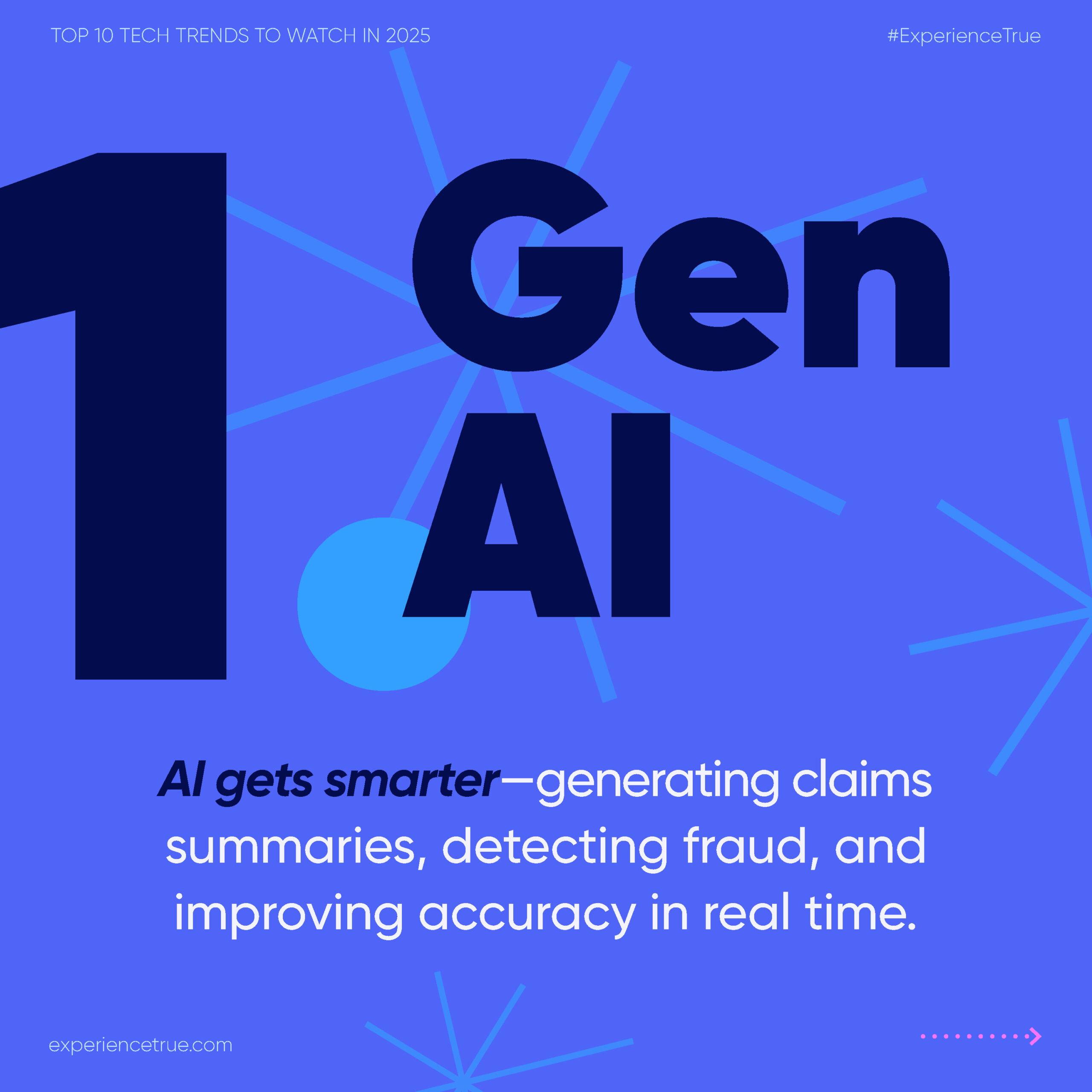
2. Predictive Cyber Risk Models
As ransomware attacks grow more sophisticated, insurers will adopt predictive models powered by blockchain-integrated AI to proactively assess cyber risks for both themselves and their policyholders. These tools will dynamically calculate risks tied to remote and hybrid workforces.

3. Quantum Computing in Risk Forecasting
Quantum-powered analytics will enable insurers to simulate hyper-complex risk scenarios with unprecedented precision, particularly in high-liability industries like construction and manufacturing. This will revolutionize underwriting and premium calculations.

4. IoT for Ergonomic Monitoring
Expanding on IoT wearables, 2025 will see the rise of smart ergonomic devices. These sensors will analyze posture and repetitive motion patterns in real-time to reduce musculoskeletal injuries, a leading cost driver in workers’ compensation.
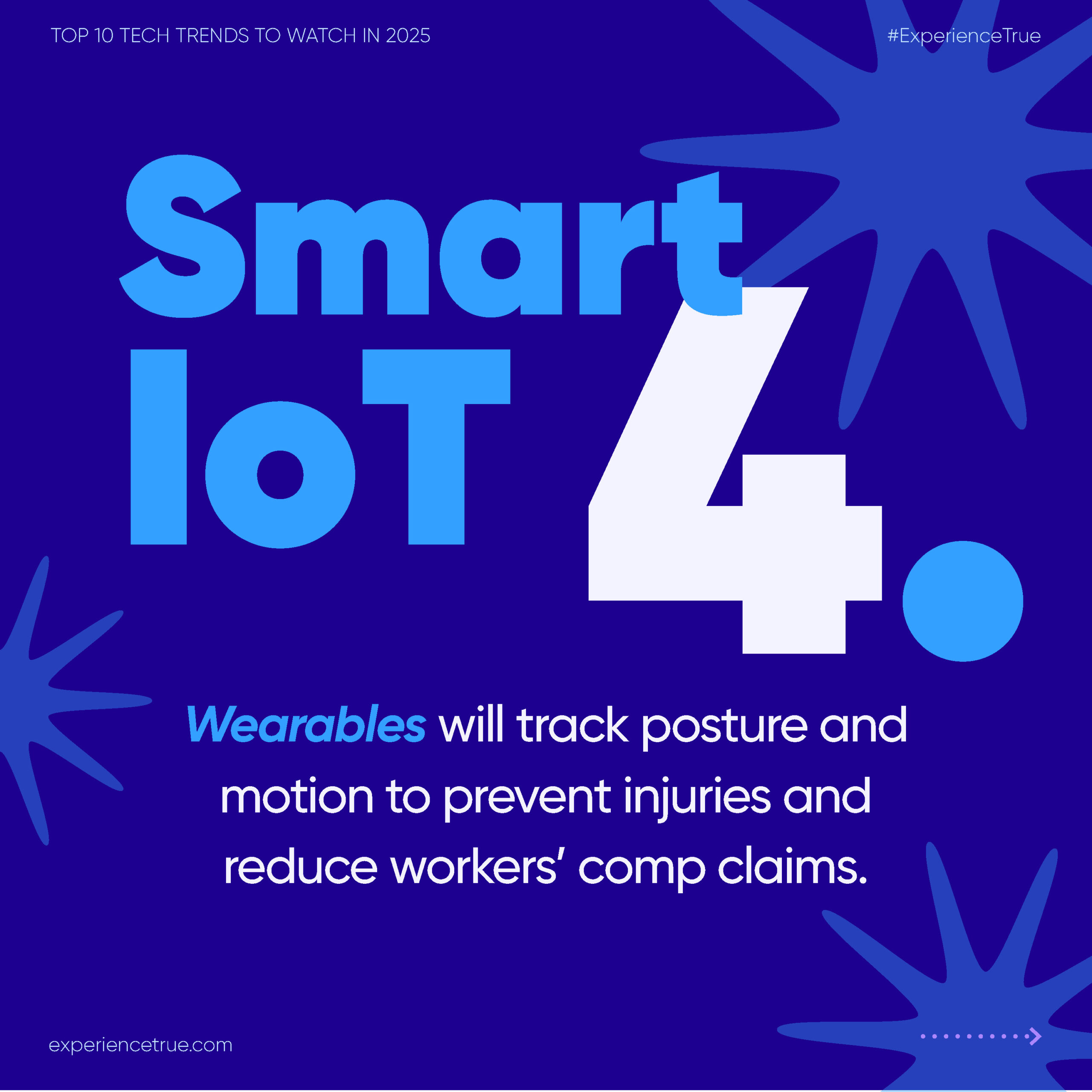
5. Autonomous Drones for Workplace Safety Audits
Drones equipped with AI vision will become essential for workplace safety inspections. They’ll conduct real-time risk assessments in hazardous environments, capturing 3D data for insurers and reducing the need for human auditors in dangerous settings.
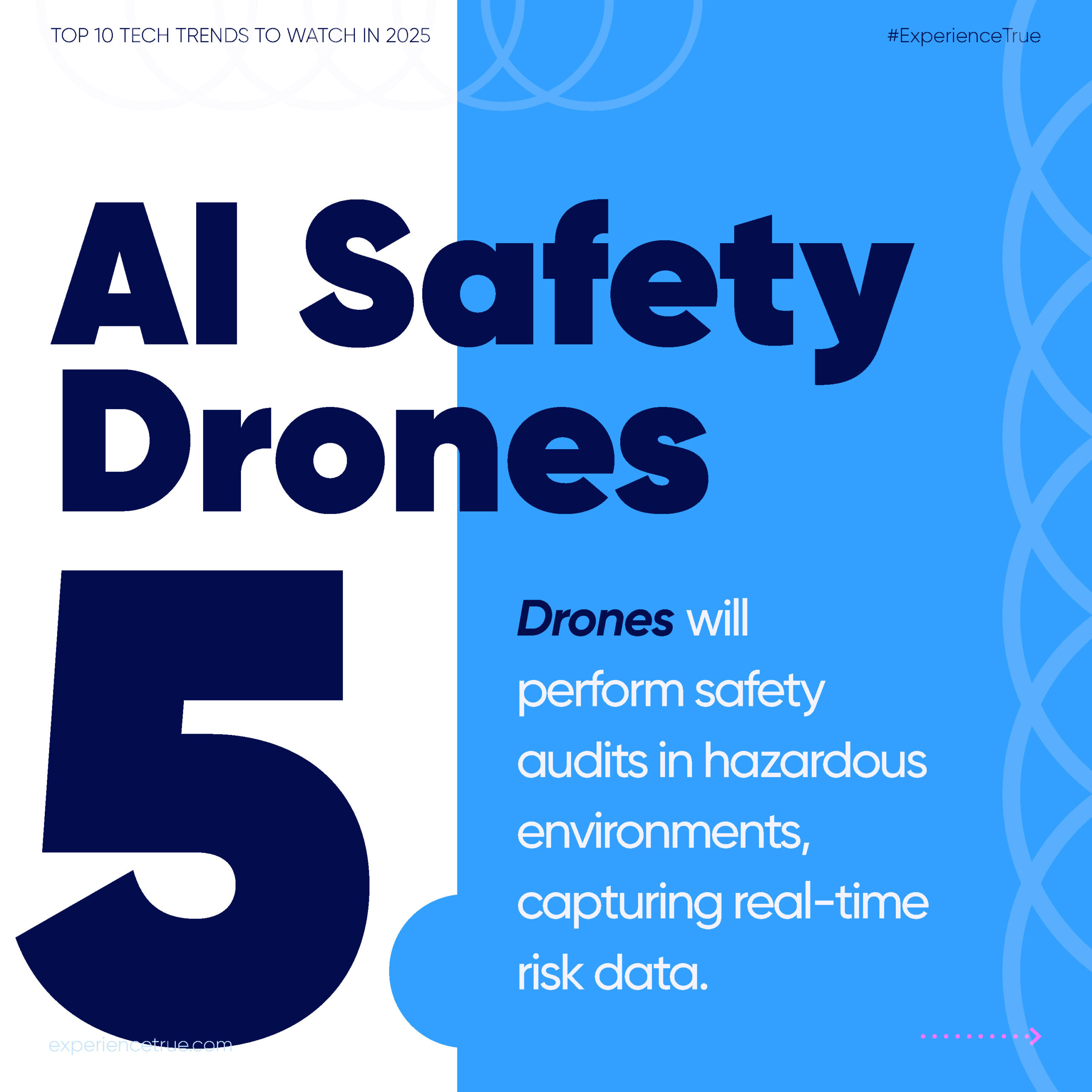
6. Behavioral Health Support Platforms
In 2025, insurers will integrate behavioral health monitoring into telemedicine platforms, recognizing the mental health challenges tied to workplace injuries. This holistic approach will improve both recovery outcomes and return-to-work rates.
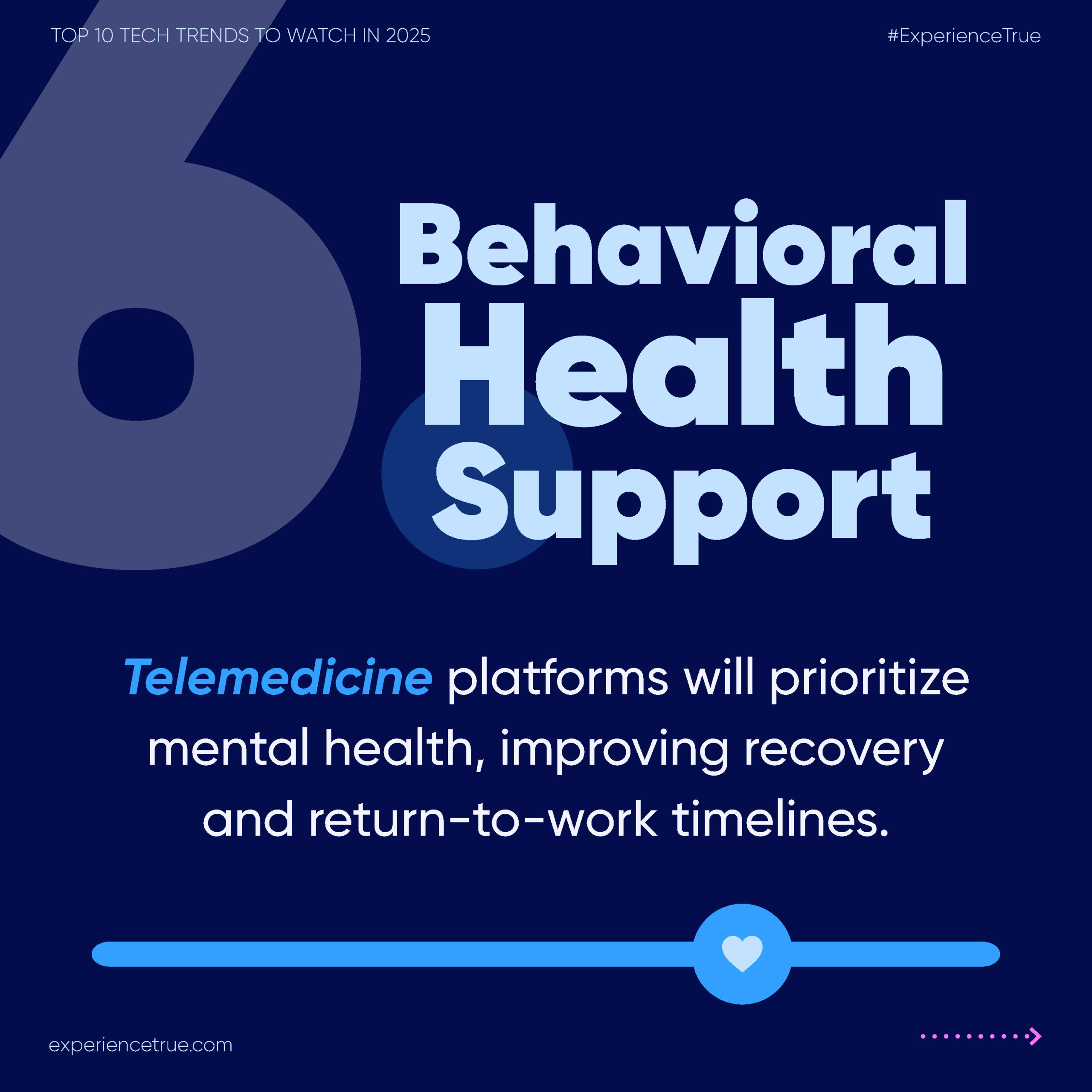
7. Blockchain for Cross-State Compliance
Building on its 2024 foundation, blockchain technology will be applied to create unified compliance platforms for states with disparate regulations. This will simplify multi-state workers’ comp policy management for employers.

8. Mixed Reality for Injury Simulation Training
Virtual and augmented reality (VR/AR) will transform workplace safety training by offering immersive injury simulations. Workers can experience and learn how to avoid real-world risks in a controlled digital environment.

9. Gamification of Workplace Safety Programs
To foster engagement, companies will adopt gamified safety platforms where employees earn rewards for completing training, avoiding risks, or submitting near-miss reports. These platforms will integrate with insurers’ risk profiles for discounts.
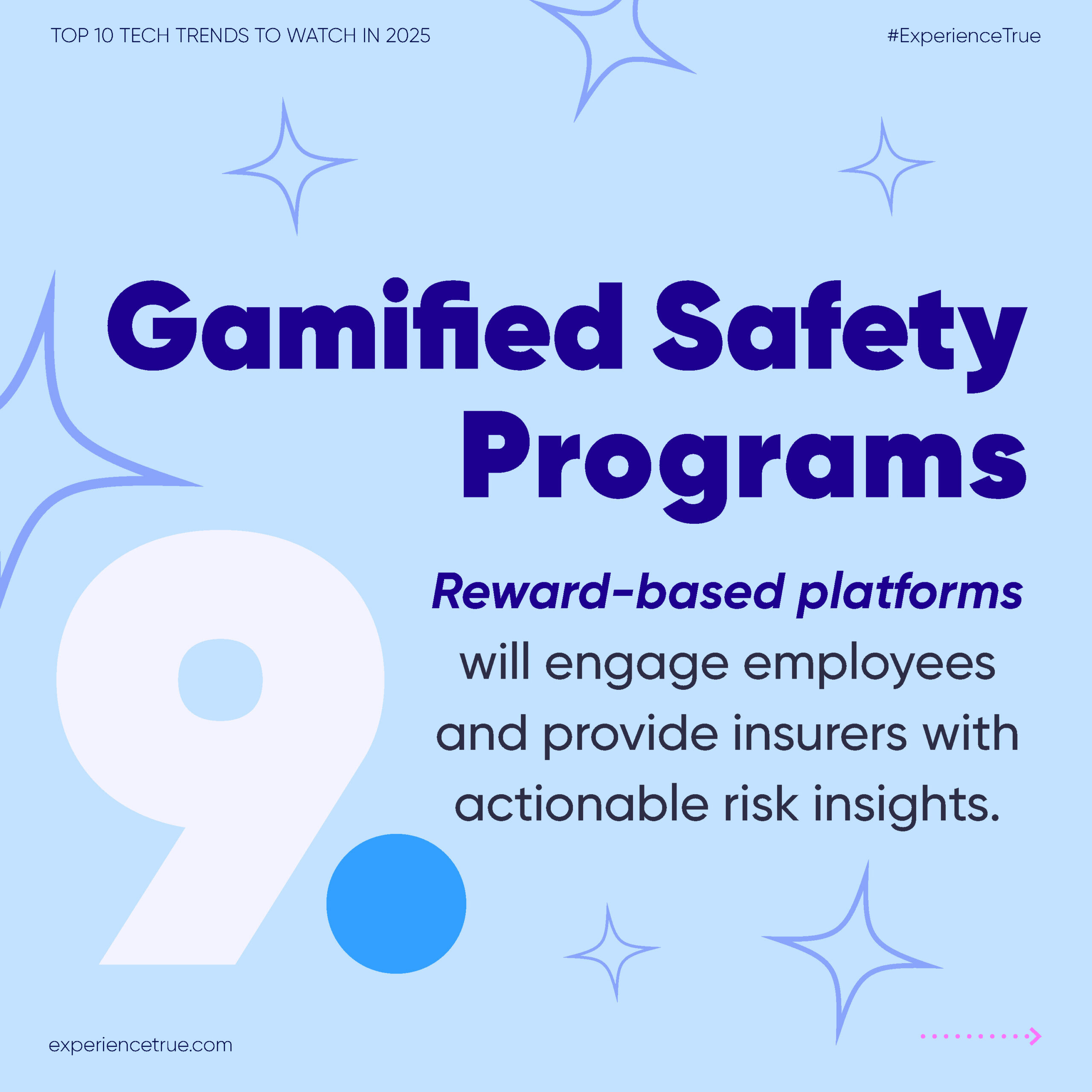
10. Carbon-Neutral Policy Initiatives
Sustainability will intersect with workers’ comp as insurers offer premium incentives for workplaces adopting energy-efficient practices. Carbon-tracking platforms will integrate with workers’ comp analytics, enabling ESG-focused employers to benefit.

The Year Ahead
As we move into 2025, technology’s role in shaping the workers’ compensation industry is more pronounced than ever. These trends aren’t just about efficiency; they reflect a broader shift toward proactive risk management, personalization, and sustainability. Staying ahead means embracing these innovations while maintaining focus on the ultimate goal: safer workplaces, streamlined claims, and better outcomes for all stakeholders.
For more insights on the hottest topics in the insurance industry and to stay updated on the latest technology and innovation, join the True Community, or contact Ryan Smith at ryan@experiencetrue.com to discuss how True solutions can transform your workers’ comp operations.

